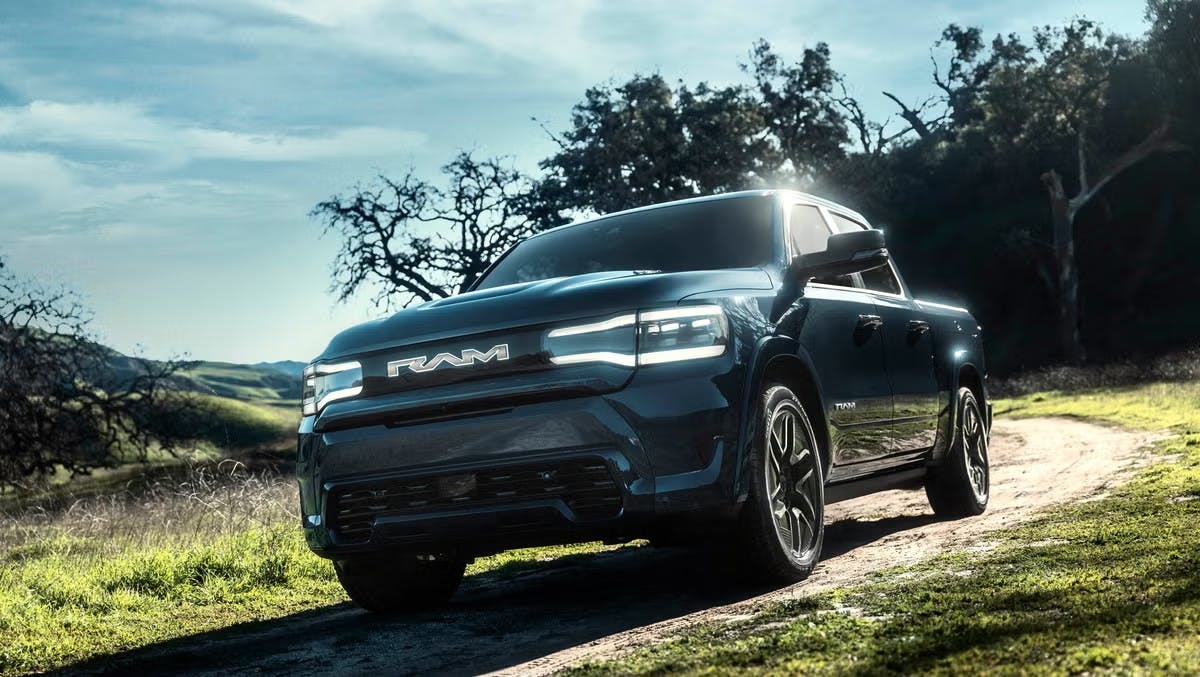
Stellantis Invests in Michigan for EV Production
As the automotive industry shifts toward electrification, Stellantis is making major strides to lead the charge with new electric vehicle (EV) models, including the highly anticipated 2025 Ram 1500 REV pickup and the 2024 Jeep Wagoneer S luxury SUV. Stellantis has announced plans to invest over $406 million across three key factories in Michigan to support the production of these upcoming EVs. These investments mark a pivotal step in the company’s goal to meet ambitious sustainability targets outlined in its "Dare Forward 2030" plan.
Michigan Manufacturing Plants at the Heart of Stellantis’s EV Transition
Stellantis’s investment in Michigan includes substantial upgrades to the Sterling Heights Assembly Plant, the Warren Truck Assembly Plant, and the Dundee Engine Plant, each playing a crucial role in bringing the company's electric lineup to market.
Sterling Heights Assembly Plant: The Home of the Ram 1500 REV
The Sterling Heights Assembly Plant is set to become Stellantis’s first U.S. facility dedicated to EV production, with a massive investment of $235.5 million. This facility will be responsible for building the 2025 Ram 1500 REV, a game-changing electric pickup truck expected to make waves in the EV market by the end of the year.
The Sterling Heights plant won’t just be producing the fully electric Ram 1500 REV. Stellantis is taking an innovative approach by building the Ram 1500 Ramcharger, which features a gasoline engine as a range extender for its electric powertrain. This model aims to offer consumers greater range flexibility while transitioning to electric driving. Additionally, the plant will continue producing the traditional internal-combustion Ram 1500.
All three versions of the Ram 1500—the fully electric REV, the hybrid Ramcharger, and the gas-powered model—will be built on the same production line, showcasing Stellantis’s ability to integrate new technologies into its existing manufacturing framework. The 1500 REV, in particular, is expected to be a fierce competitor in the growing electric pickup market, combining the ruggedness Ram is known for with cutting-edge EV technology.
Warren Truck Assembly Plant: The Future of the Jeep Wagoneer EV
In addition to the developments at Sterling Heights, Stellantis is also investing $97.6 million into the Warren Truck Assembly Plant, preparing it for the production of an upcoming electrified Jeep Wagoneer. Although details about the specific model remain scarce, it is expected to be one of four new Jeep EVs set to debut globally by the end of 2025.
The Warren plant will manufacture the electrified version of the Wagoneer alongside the traditional gasoline-powered Grand Wagoneer and Wagoneer models, emphasizing Stellantis’s flexible approach to EV production. This investment also solidifies Jeep's commitment to offering electrified options across its lineup, further expanding its footprint in the luxury SUV market.
However, it's important to note that the 2024 Wagoneer S, Jeep's all-electric luxury SUV, will not be built in Michigan. Instead, this model will be manufactured in Toluca, Mexico, as part of Stellantis’s broader strategy to balance U.S. and international EV production.
Dundee Engine Plant: Supporting Stellantis’s EV Platforms
The Dundee Engine Plant plays a crucial supporting role in Stellantis’s electrification efforts. With a $73 million investment, the plant will be retooled to produce and test battery trays for the STLA Frame platform, which underpins the Ram 1500 REV. Production of these battery trays is expected to begin in 2024, laying the foundation for Stellantis's electric truck offerings.
Beginning in 2026, the Dundee plant will also start machining front and rear beams for the STLA Large platform, which will be used in the Jeep Wagoneer S. This plant will continue to play a dual role, as it will also produce a new turbocharged 1.6-liter four-cylinder engine for Stellantis’s hybrid vehicles starting in 2025. By upgrading this facility, Stellantis demonstrates its commitment to a balanced transition, supporting both hybrid and fully electric models in its lineup.
Stellantis’s "Dare Forward 2030" Plan and Global EV Ambitions
The investments in these Michigan plants are part of Stellantis’s broader "Dare Forward 2030" strategy, which outlines the company’s vision for a sustainable and electrified future. The plan has two key goals:
- 100% of Stellantis's European vehicle sales to be electric by 2030.
- 50% of its U.S. vehicle sales to be electric by 2030.
Stellantis aims to reduce its carbon footprint significantly, with the ultimate goal of becoming a carbon-net-zero corporation by 2038. The upgrades to its Michigan plants are crucial for meeting these objectives, particularly in the U.S., where the demand for electric trucks and SUVs is rapidly increasing.
The company’s commitment to electrification is not limited to Michigan. Stellantis is also preparing to build U.S.-market EVs in other regions, with the 2024 Dodge Charger Daytona set to be produced in Windsor, Ontario, and the Jeep Wagoneer S being built in Toluca, Mexico. These global manufacturing efforts reflect Stellantis’s determination to meet rising consumer demand for EVs across multiple markets.
A New Era for Ram and Jeep
The launch of the 2025 Ram 1500 REV and the electrified Jeep Wagoneer EV marks an exciting chapter in the evolution of two of Stellantis’s most iconic brands. With substantial investments in Michigan’s manufacturing infrastructure, Stellantis is not only laying the groundwork for its electrified future but also reinforcing the state’s role as a key player in the global EV market.
As Stellantis continues to roll out new electric vehicles, the company is poised to be a major force in the transition to sustainable transportation. By 2030, the roads may look very different, with half of the vehicles sold in the U.S. expected to be electric—a future that Stellantis is helping to build, starting in Michigan.








